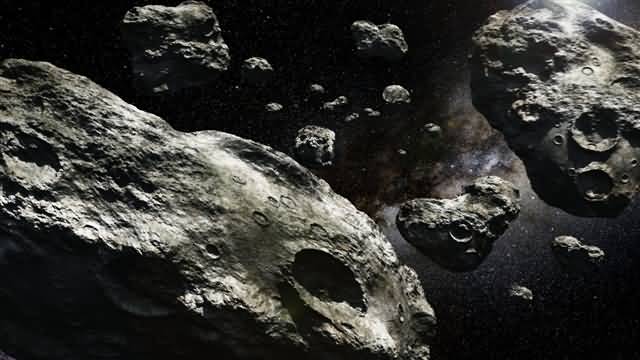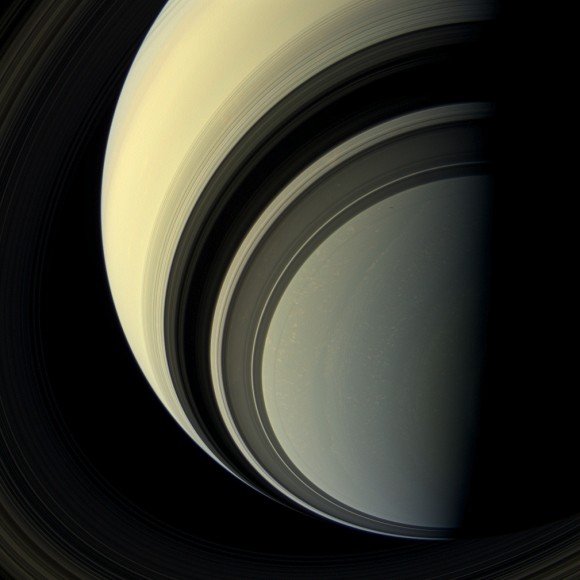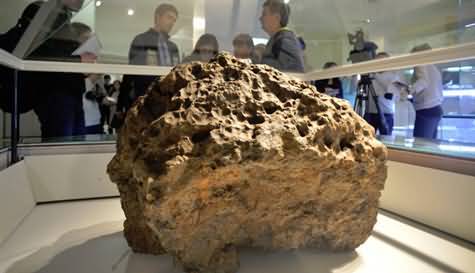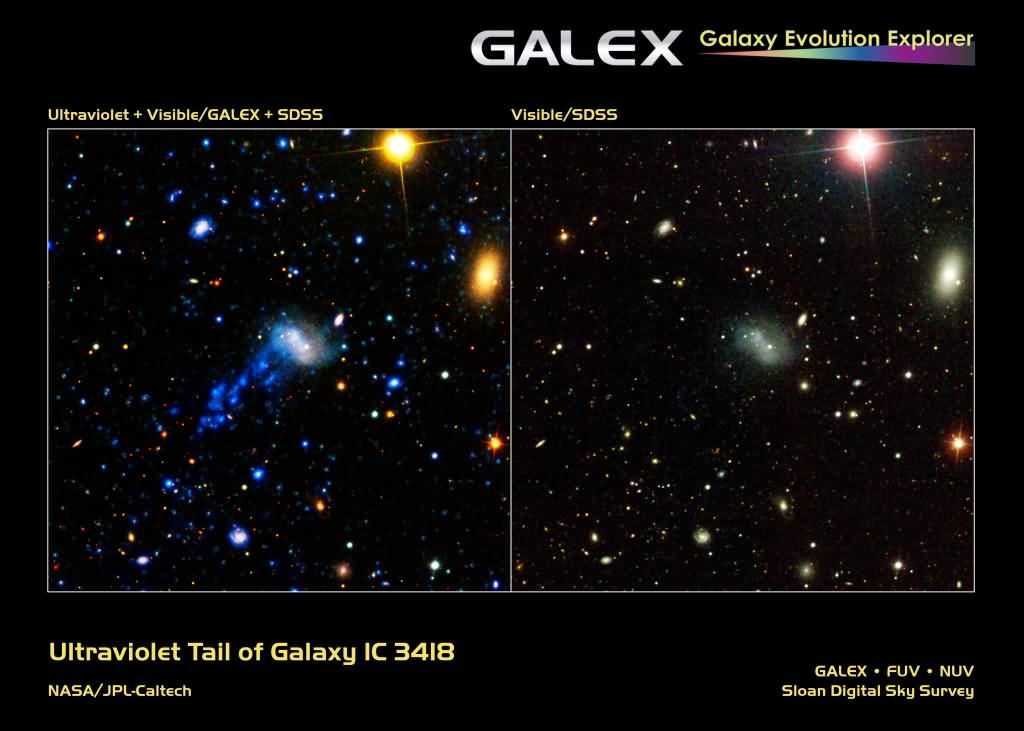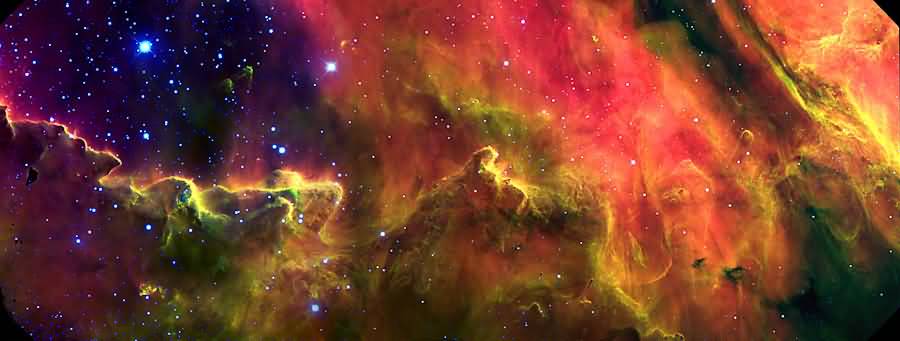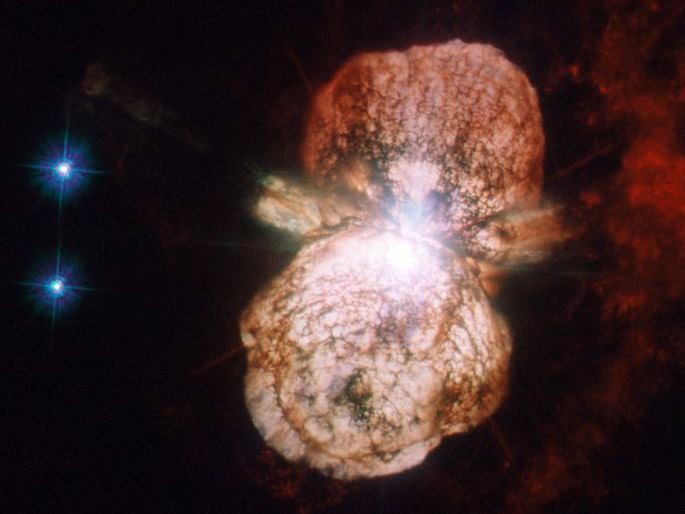Anatomy of an Asteroid
ESO's New Technology Telescope (NTT) has provided the first evidence of the highly variable interiors of asteroids. Using sensitive observations, astronomers have discovered that different regions on the asteroid Itokawa have different densities. The findings not only unravel the mysteries surrounding asteroid formation, but also shed light on the underlying structures of these celestial bodies, their collisions with objects within the Solar System, and provide clues about how planets form.
Using highly sensitive ground-based observations, Stephen Lowry (University of Kent, UK) and colleagues (25143) Itokawa They measured the asteroid's rotation speed and how it changed over time. The team combined these precise measurements with new theoretical models of asteroid heat emission.
This surprising little asteroid was discovered by a Japanese spacecraft in 2005. Hayabusa It has a curious peanut-shaped shape, as revealed by . To determine its internal structure, Lowry's team used the ESO's La Silla Observatory in Chile New Technology Telescope (NTT) and other telescopes [1] He used observations taken between 2001 and 2013 to measure the asteroid's brightness as it rotated. This data was then used to measure the asteroid's rotation period and its change over time. When combined with shape information, the asteroid's internal structure was revealed—the complex structure in its core region was revealed for the first time. [2].
“For the first time, we've managed to determine what the inside of an asteroid looks like,“ explains Lowry.We can see that Itokawa has a very variable internal structure — The findings constitute a significant advance in our understanding of rocky objects in the Solar System."

Evidence of the highly variable interior structures of asteroids has been found for the first time using ESO's New Technology Telescope (NTT).
The rotational motions of asteroids and small objects in space can be affected by sunlight. This phenomenon Yarkovsky-O'Keefe-Radzievskii-Paddack (YORP) This effect occurs when light emitted by the Sun is absorbed and radiated back from the surface of an object as heat. If the asteroid is very irregular in shape, this heat emission is not uniform, creating a small but constant torque on the object, causing the object's rotational speed to change [3, 4].
Lowry's team was able to measure that the YORP effect on Itokawa was slowly increasing at the rate of the asteroid's rotation. This increase in rotation rate is quite small—just 0.045 seconds per year. This value is significantly different from what was expected, but can be explained by the fact that the two peanut-shaped parts of the asteroid should have different densities.
This is the first time that astronomers have discovered that asteroids have highly variable internal structures. Until now, information about the internal structure of these objects has been obtained through crude density measurements. This rare glimpse into Itokawa's internal structure has increased speculation about the asteroid's formation. One possibility is that it formed when two components of a pair of asteroids collided and merged.
Lowry adds, “The discovery of asteroids with inhomogeneous interiors has been a particularly broad prediction for binary asteroid formation models. It could also help us avoid the dangers of asteroid collisions with Earth or facilitate future travel to these rocky objects."
Being able to determine the internal structure of an asteroid is a significant step, and will perhaps help unlock many of the mysteries of these intriguing objects.
Notes
[1] In addition to NTT, the following telescopes were used for brightness measurements: the Palomar Observatory 60-inch Telescope (California, USA), Table Mountain Observatory (California, USA), the Steward Observatory 60-inch Telescope (Arizona, USA), the Steward Observatory 90-inch Bok Telescope (Arizona, USA), the 2-meter Liverpool Telescope (La Palma, Spain), the 2.5-meter Isaac Newton Telescope (La Palma, Spain), and the 5-meter Hale Telescope at Palomar Observatory (California, USA).
[2] The density of the internal structure was found to vary between 1.75 and 2.85 grams per cubic centimeter. These two density values correspond to individual parts of Itokawa.
[3] A simple and crude analogy of the YORP effect is that if a propeller is shined with sufficiently intense light rays, it will begin to rotate slowly due to a similar effect.
[4] Lowry and colleagues first observed this effect in 2000 PH5 (now known as 54509 YORP, see eso0711) on a small asteroid known as ). ESO facilities had also played a critical role in this previous study.
Connections
Source:

